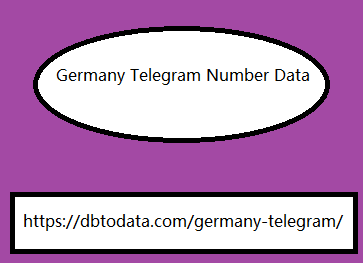Post by kmstfatema on Mar 6, 2024 21:58:34 GMT -6
In recent years, the boom in online shops has put issues such as digital payments at the center of public debate, both in the commercial and legal fields. This has made it necessary to introduce specific laws to regulate the exchange of money between companies and consumers, in order to guarantee greater accessibility and security for users who make purchases on e-commerce. With the PSD2 regulation , the European Commission replaced the previous regulation, with the aim of dictating new rules for the proper functioning of virtual transactions involving businesses, banking institutions, intermediaries and customers. In this article we will see what changes with the PSD2 directive compared to the past, what considerations online store owners must draw to adapt and what strategies can be implemented to optimize the performance and profits of their website.
European PSD2 regulation: an overview When we talk about Germany Telegram Number Data PSD2 legislation, we are referring to the revision of the Payment Services Directive (PSD) , issued by the European Commission to respond to the market trend regarding purchases, in particular those made on digital platforms. With EU regulation 2015/2366, which officially entered into force in Italy in 2019, some rules of the previous provision have been updated and revised, with the aim of introducing new payment methods and providing greater security for all those involved. To be more precise, among the intentions declared by the legislator is the desire to protect consumer banking data and develop diversified and innovative payment solutions. This is achieved, concretely, with the introduction of operators not belonging to the banking system, called Third Parties.

Through the latter, at the user's request, it is possible to consent to withdrawals from your current account in complete safety. This system stimulates competition between credit companies and offers companies new opportunities to do business, guaranteeing protection and reliability in payments. It is clear that, for anyone who owns an online shop, taking into account the PSD2 regulation is essential to start a business that is not only legally compliant, but also ensures the correct execution of transactions and generates real profit. What needs to be done, in practice, to implement the adjustments envisaged by the European directive? Let's see it below. PSD2 ecommerce: how to adapt? After having illustrated for ecommerce what PSD2 changes compared to the previous regulation, we now explain which important integrations the owners of an online store should implement in relation to the payment methods offered. More and more often, users decide to rely on the Internet for the purchase of goods and services; in this sense, European legislation requires the improvement of transaction control systems.
European PSD2 regulation: an overview When we talk about Germany Telegram Number Data PSD2 legislation, we are referring to the revision of the Payment Services Directive (PSD) , issued by the European Commission to respond to the market trend regarding purchases, in particular those made on digital platforms. With EU regulation 2015/2366, which officially entered into force in Italy in 2019, some rules of the previous provision have been updated and revised, with the aim of introducing new payment methods and providing greater security for all those involved. To be more precise, among the intentions declared by the legislator is the desire to protect consumer banking data and develop diversified and innovative payment solutions. This is achieved, concretely, with the introduction of operators not belonging to the banking system, called Third Parties.

Through the latter, at the user's request, it is possible to consent to withdrawals from your current account in complete safety. This system stimulates competition between credit companies and offers companies new opportunities to do business, guaranteeing protection and reliability in payments. It is clear that, for anyone who owns an online shop, taking into account the PSD2 regulation is essential to start a business that is not only legally compliant, but also ensures the correct execution of transactions and generates real profit. What needs to be done, in practice, to implement the adjustments envisaged by the European directive? Let's see it below. PSD2 ecommerce: how to adapt? After having illustrated for ecommerce what PSD2 changes compared to the previous regulation, we now explain which important integrations the owners of an online store should implement in relation to the payment methods offered. More and more often, users decide to rely on the Internet for the purchase of goods and services; in this sense, European legislation requires the improvement of transaction control systems.
